IT teams deal with complex technologies and ensure the smooth running of the business. Key performance indicators (KPIs) will help the IT teams to align with the business goals and meet the requirements of various departments in the organization.
Key performance indicators, or KPIs, are a crucial part of assessing the successes and failures of your business. It lets you get an overview of how your team and the company perform at any given time.
Due to digital transformation, the role of IT teams has become more complex. The responsibilities of IT teams vary, and it involves maintaining and upgrading the systems, optimizing the IT spending, eliminating shadow IT, managing data, security and compliance, and many more.
KPIs for IT teams will help to manage and monitor the IT assets and meet the business goals. IT KPIs are measurable values that are required to be used by IT teams to track and determine the progress of specific business objectives. This will address how well the IT team performs and works towards the business goals.
Further, IT teams create value for the business, and it is not possible to move forward without them. Therefore, KPIs for IT teams will ensure the success of the overall business.
Some of the benefits of KPIs include the following:
- KPI helps to get the right information to make better-informed decisions.
- It is an organized and structured approach that creates best practices within your team and business.
- Moreover, it allows you to measure and manage targets and goals.
- With KPI, you can track the impact and effectiveness of any initiatives to enhance the performance of departments and the business.
This post will walk you through the top eight KPIs required for IT to enhance performance and make strategic decisions to maximize the overall ROI.
8 KPIs for Top Performing IT Teams
1. System availability for the employees
System availability is a KPI that will determine the overall performance. It will help you compare the system's actual performance with the performance after its execution. This KPI ensures that the right assets are provided to the employees to simplify and streamline their work.
The assets involve hardware assets, on-premise, cloud, and SaaS. Employees use assets to make their work efficient and help the organization gain maximum returns.
Other factors like system reliability and recoverability should be considered while determining the key performance indicator. When the employees work on systems, it is crucial that the systems are reliable enough. If the systems fail by any chance, the data should be recoverable.
In addition, the system should provide support, updates, and improvements with cost optimization.
2. System maintenance efficiency
In the IT world, data backup and restoration failures are common problems that organizations face. These failures lead to data loss and increase the system expenses. Therefore, you should establish backup systems and restore facilities to avoid spending and data loss.
The maintenance of systems can only be considered efficient if you can eliminate the problems mentioned above. System maintenance efficiency is an essential KPI for IT teams. This KPI will help you prevent data loss and minimize expenses.
Maintenance of systems, especially the SaaS landscape, includes onboarding and offboarding of employees, termination of vendors, downgrading to suitable license tiers, renewals, and many more. It can save you money and effort if measures are taken on time.
Due to the growth of the SaaS market, maintaining SaaS apps has become the essential key performance indicator. The KPI indicates the overall maintenance of systems out of which SaaS occupies the majority due to the increase in SaaS adoption.
3. System capacity to align with business goals
IT teams should know the system's capacity before procuring it for an organization's employees. When you analyze the requirement of procuring a system or asset for the organization, aligning with the business goals is crucial.
It ensures that the IT capacity is sufficient to meet the current and future needs of the organization. It involves hardware and software capacity and the complete IT infrastructure. The alignment of the systems and the business requirements will help the organization to achieve its current and future goals.
When there is any misalignment of the procured systems with business goals, it will fail to give efficient results to achieve the goal of the business. This will lead to a loss of the business.
4. Manage IT assets'effectiveness
IT assets involve both hardware and software assets. Hardware assets like desktops, laptops, etc., must be managed and maintained properly. These assets support the employees to work efficiently and give results.
Software assets such as on-premise software, SaaS, cloud assets, etc., assist the employees in streamlining their work. Hence, managing these assets is crucial for the organization.
IT assets include managing software licenses, discovering SaaS apps, renewal licenses, security and compliance, and many more. This KPI helps the IT teams to be active and aware of the assets in the organization. Moreover, it will help to eliminate shadow IT, reduce SaaS sprawl, and mitigate security risks.
In addition, tracking software licenses will give you complete visibility of the software stack of your organization. It will help you to identify duplicate apps and unused licenses, downgrade to suitable tiers, and more. This will help you make better decisions.
Moreover, tracking software licenses include usage insights and make you proactive with renewals. The usage insights ensure that the software licenses are adequately utilized and minimize the scope of a duplicate license.
Being proactive with the renewal process will lead you to save money and decide whether to continue with the existing subscriptions.
The lack of software license management will cost you time, money, and valuable resources. Tracking software licenses and managing renewals is a crucial indicator that helps the IT teams ensure the software's efficiency.
5. Efficient collaboration with various teams and departments in the organization
Communication with teams and departments will give you clarity on the requirements. Based on the needs, IT teams will avail the systems for the organization. This will help to simplify and accelerate the work.
Conducting surveys is one of the effective ways to understand the requirements of the teams and the departments. It will give you insights into the employees' work and their problems. The insights will help you to make decisions on procuring the right systems for the teams and departments.
End users or employees' opinion is of utmost importance as they understand better what system can help them to simplify their work.
For instance, the department's opinion is required to procure marketing software for the marketing department. Since only the marketing department will know, the department will use the requirements and the software procured.
6. Check for security and compliance rate
Security and compliance key performance indicators assist in keeping data and the organization secured and compliant. This will ensure that the systems procured for the organization are secured and compliant with the regulatory frameworks.
The KPI helps to evaluate the entire organization and its compliance with security standards. It ensures that your security programs and policies meet specific security standards. Violation of these standards can lead to situations like cyber attacks and hefty penalties at audits.
When you consistently check security and compliance, it becomes easier to focus on the business goals. Knowing your security and compliance rate will help you determine the risk.
Additionally, you can maintain a compliance and audit checklist so that your organization is audit-ready and can avoid hefty penalties.
7. Cost and time savings
Optimizing IT spendings and saving time are key performance indicators that show how long and cost-effectively an organization can deliver the projects. This KPI will help you understand the ability of the systems that you have availed for the business to grow.
If the systems procured or availed are incapable of saving the employees' time and making their work inefficient, then you fail to maximize ROI. The cost and time savings KPI will enable you to evaluate the organization's performance.
Moreover, the software procured needs maintenance, and to measure the total cost of IT, estimating the maintenance cost is a crucial benchmark. It is possible to maintain this maintenance cost and optimize IT spending. Maintenance costs should be minimized to reduce overall spending.
8. IT deployment success rate
Smooth IT deployments should save time and money. IT deployment can be successful when it optimizes IT spending and maximizes overall ROI.
Failed implementations can lead you to increase your spending. When there is a procurement of inappropriate software, it will give you unproductive results. To make the work efficient, you must procure other software. As a result, you will end up spending more on the software.
The IT deployment success rate KPI will help you to analyze the potentiality of the systems deployed for business growth. This will assist you with the proper steps to be taken before any IT deployments.
Getting a 100% success rate is rare. However, it is possible to reach a reasonable percentage of IT deployment success rate. For this reason, preliminary key performance indicators like system availability, maintenance, collaboration with teams and departments, and more are crucial for the business and its growth.









.svg)



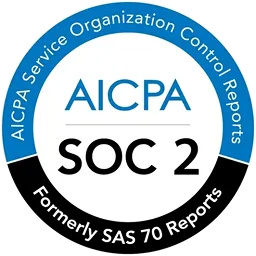
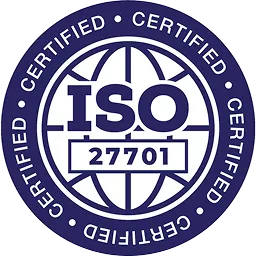


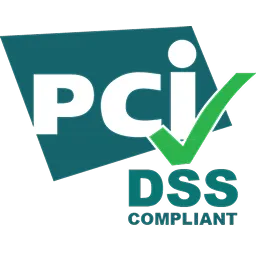
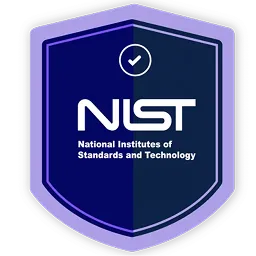












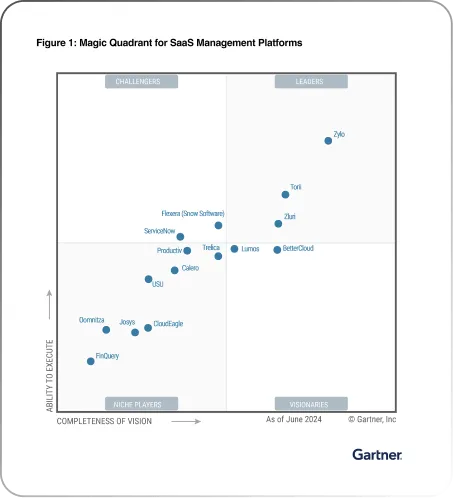







.webp)







.webp)
.webp)





.webp)